At the Vein Institute of New Jersey, one of the most common questions we receive from patients is whether varicose veins will return after treatment. Understanding the nature of varicose veins, the effectiveness of treatment options, and what to expect in the long term can help alleviate concerns and set realistic[…]
More than 400,000 people in the United States are currently receiving hemodialysis as a life sustaining treatment for end stage renal disease. Patients that are affected by this illness must understand the differences that exist between the many different types of access that can be created to receive hemodialysis.[…]
At the Vein Institute of New Jersey, we often encounter patients who are curious about the best treatments for their vein conditions. Recently, Varithena is being used more often by doctor groups across the county.
As travel season kicks into high gear, our doctors at The Cardiovascular Care Group often receive questions about Deep Vein Thrombosis (DVT). This condition, which involves the formation of a blood clot in a deep vein, usually in the legs, can be serious if not promptly diagnosed and treated.
Varicose veins are a common condition affecting many people, causing discomfort, pain, and aesthetic concerns. Fortunately, modern medical advancements provide effective treatment options like Ultrasound Guided Sclerotherapy (USG).
Maintaining vascular health is crucial for overall well-being. At the Cardiovascular Care Group, we try to emphasize the importance of diet in preventing vascular diseases, which include conditions like atherosclerosis, carotid artery disease, and peripheral artery disease.


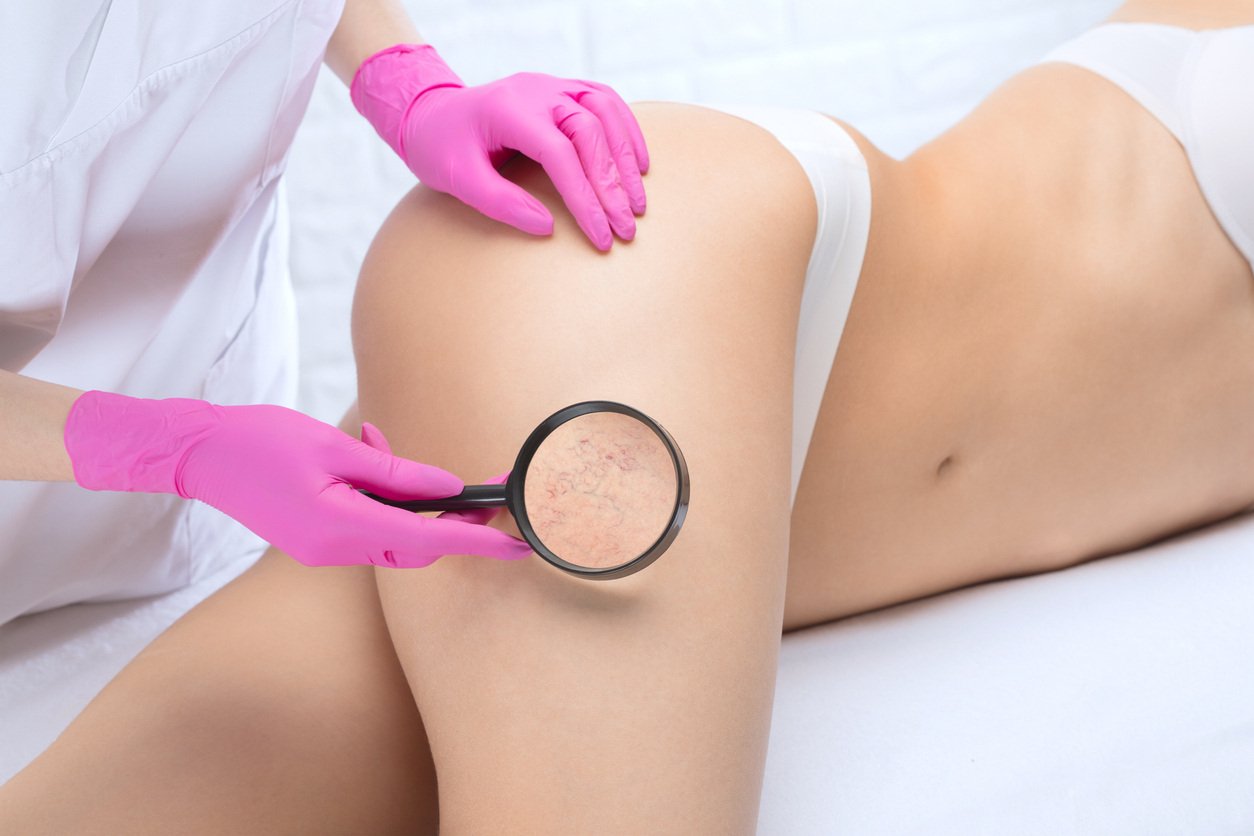
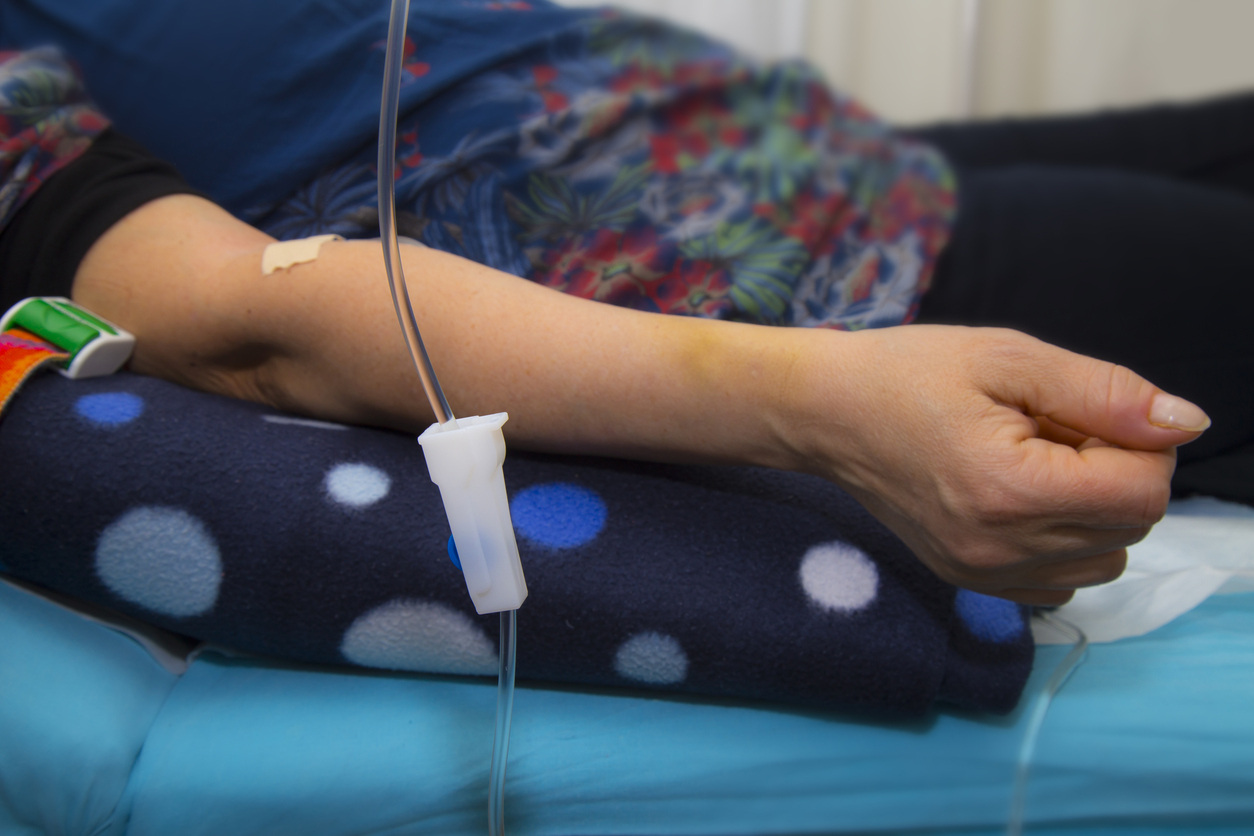
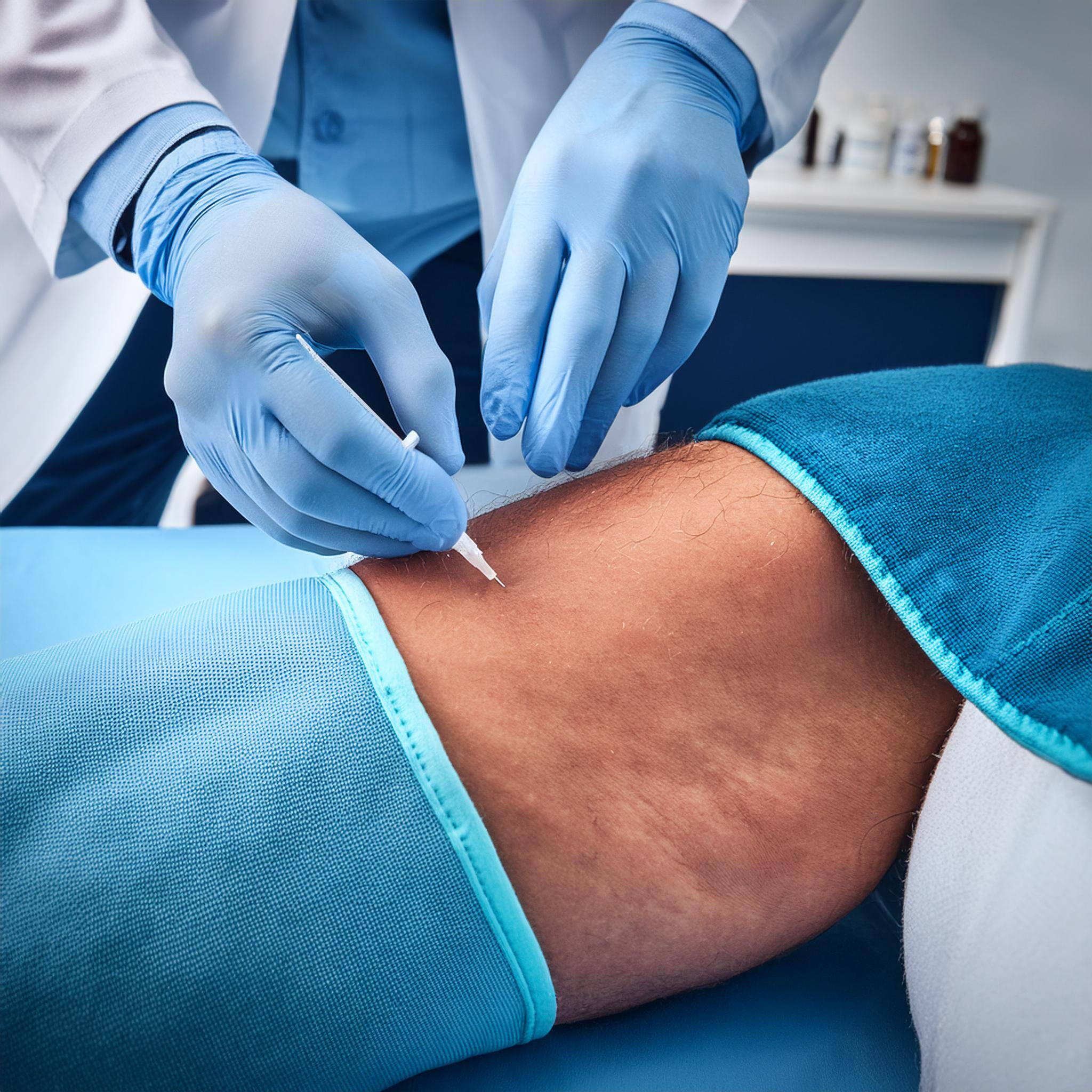

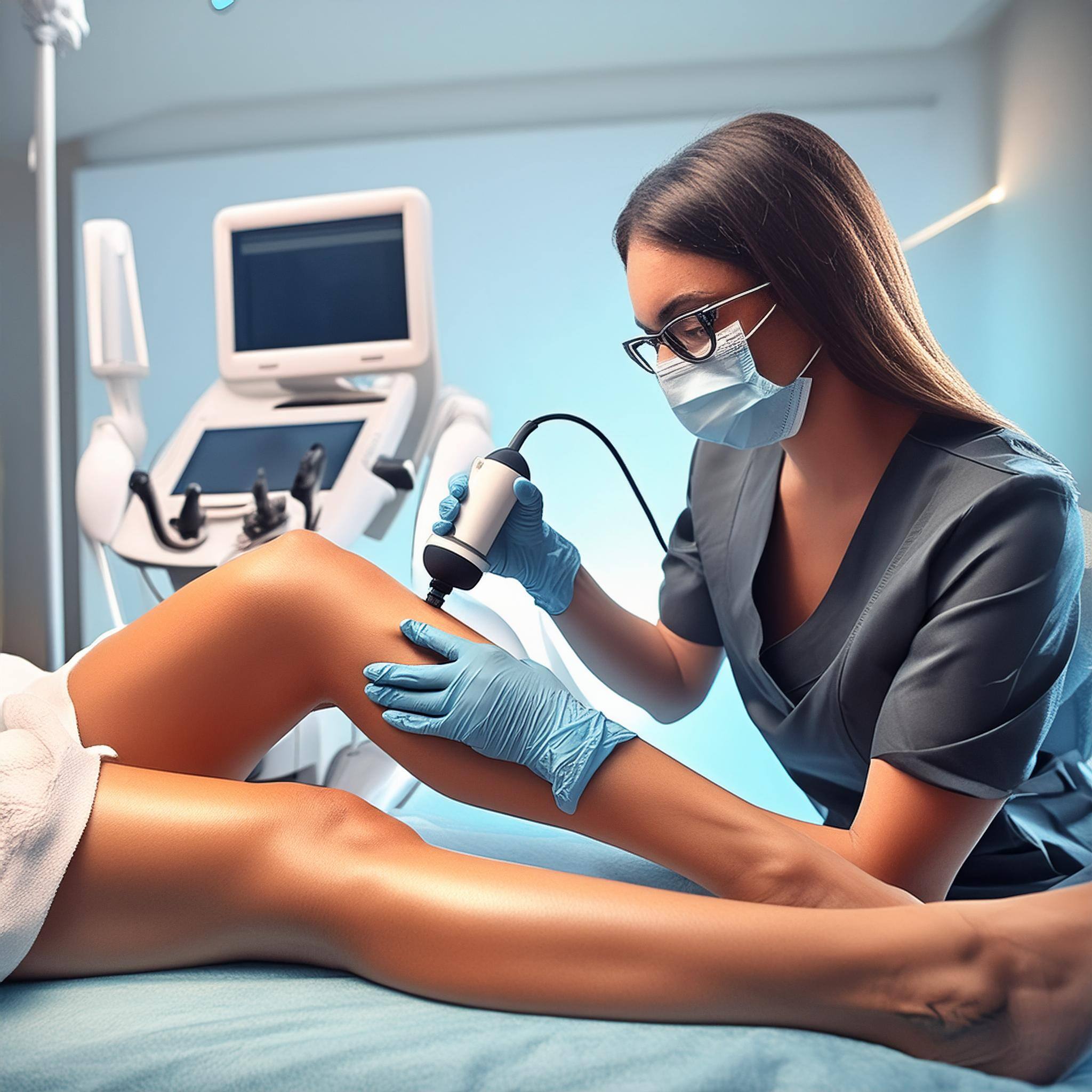


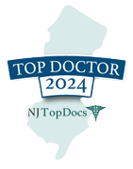

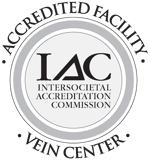
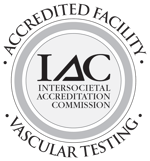
.jpg?width=944&name=Castle-Connolly-Top-Doctors-Emblem-Large%20(4).jpg)